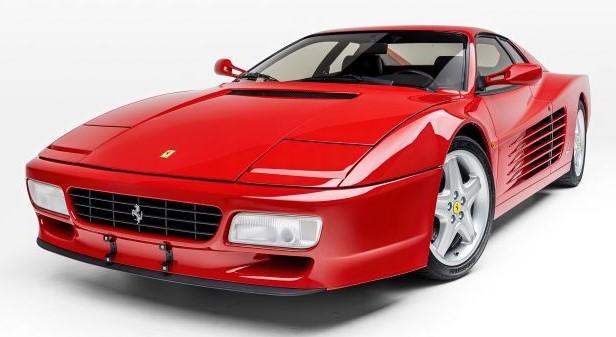
| Production Years | 1984 – 1996 |
| Models | 1984-91: Testarossa 1991-94: 512 TR 1994-96: F512 M |
| Production | Testarossa: 7,177 512 TR: 2,261 F512 M: 501 |
| Total Production Qty | 9,939 |
| Body Style | 2 door Berlinetta |
| Layout | rear mid-engine, rear wheel drive |
| Engine | 4.9 L Flat 12 |
| Power | 385 hp (1984-91) 422 hp (1991-94) 434 hp (1994-96) |
| Transmission | 5-speed manual |
| Weight | 3,776 lb (1984-91) 3,650 lb (1991-94) 3,596 lb(1994-96) |
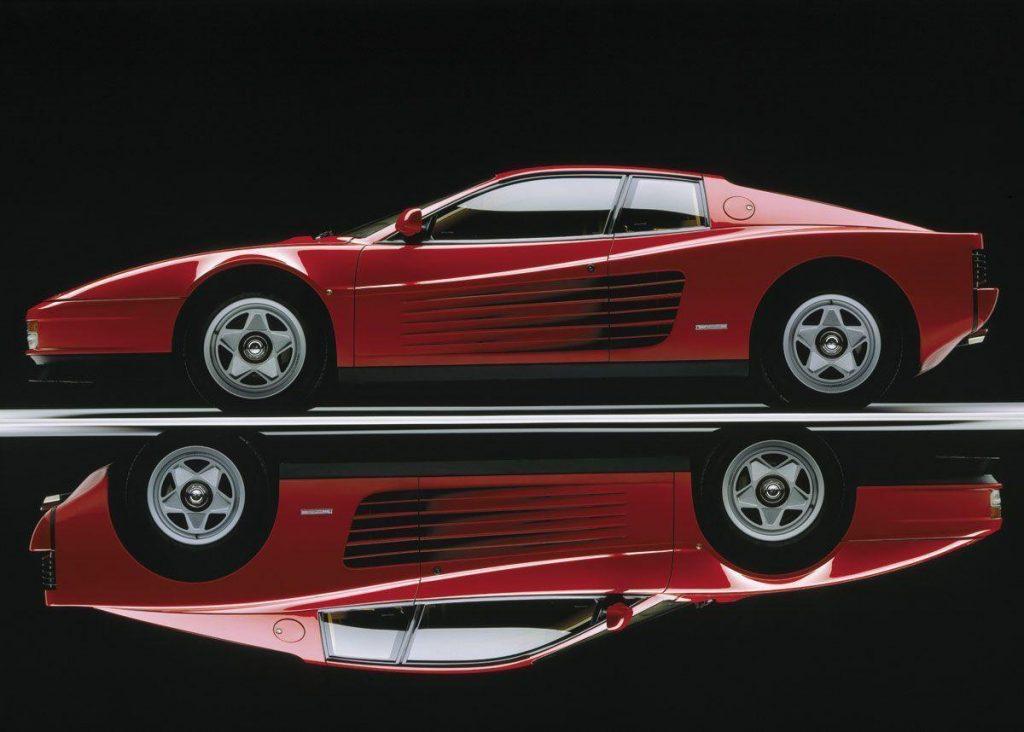
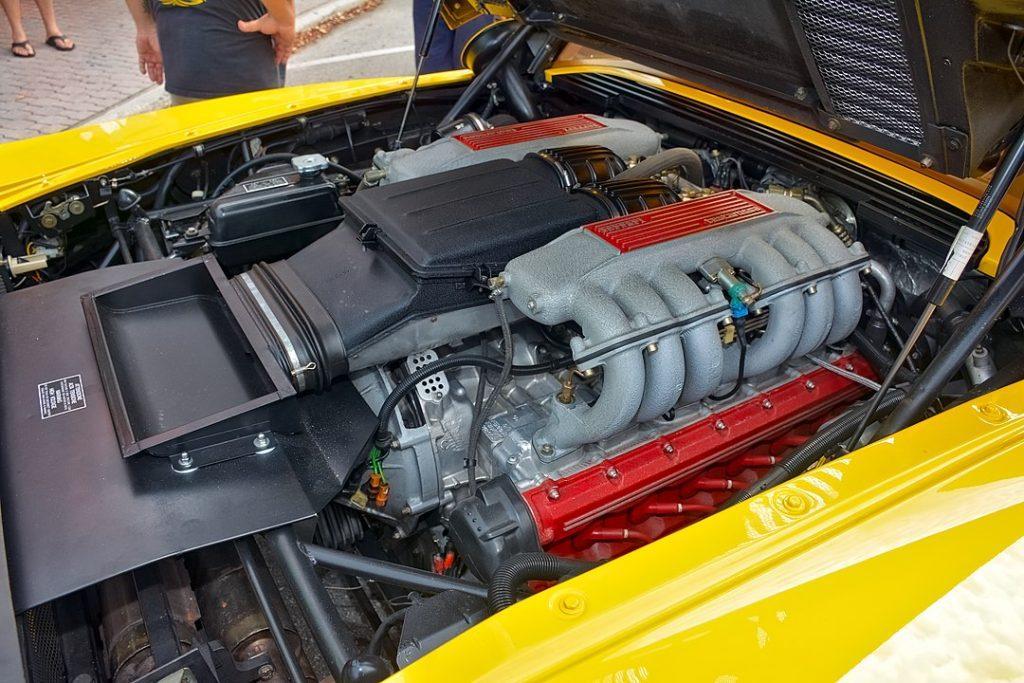
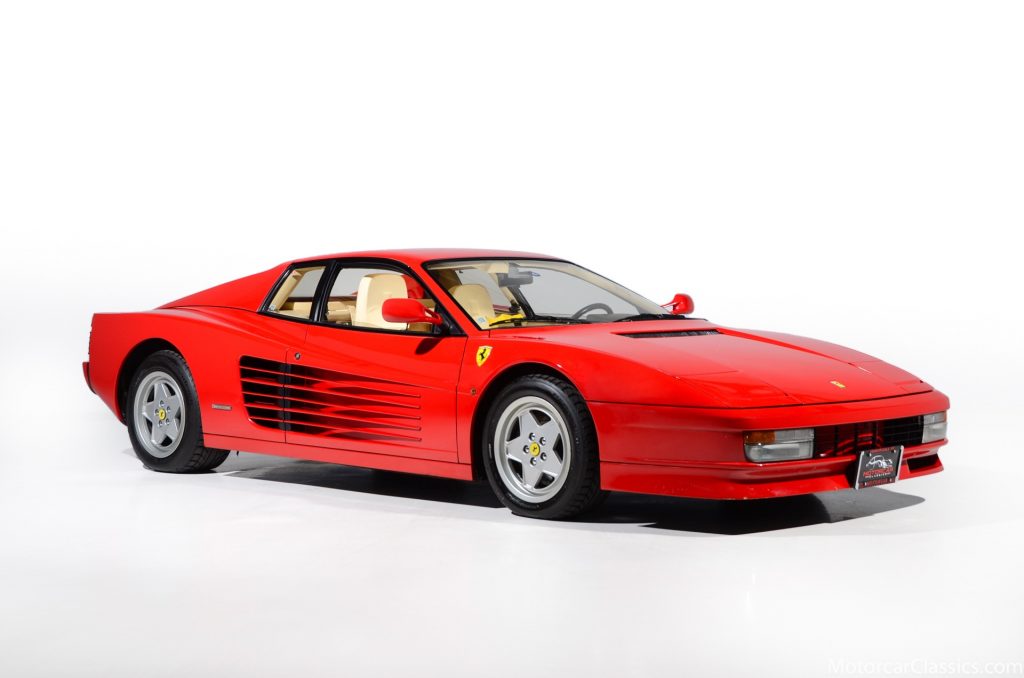
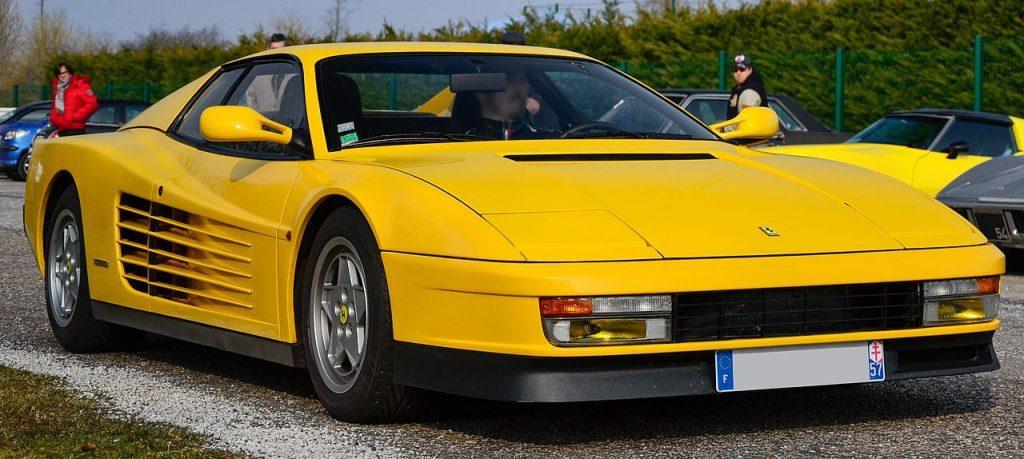
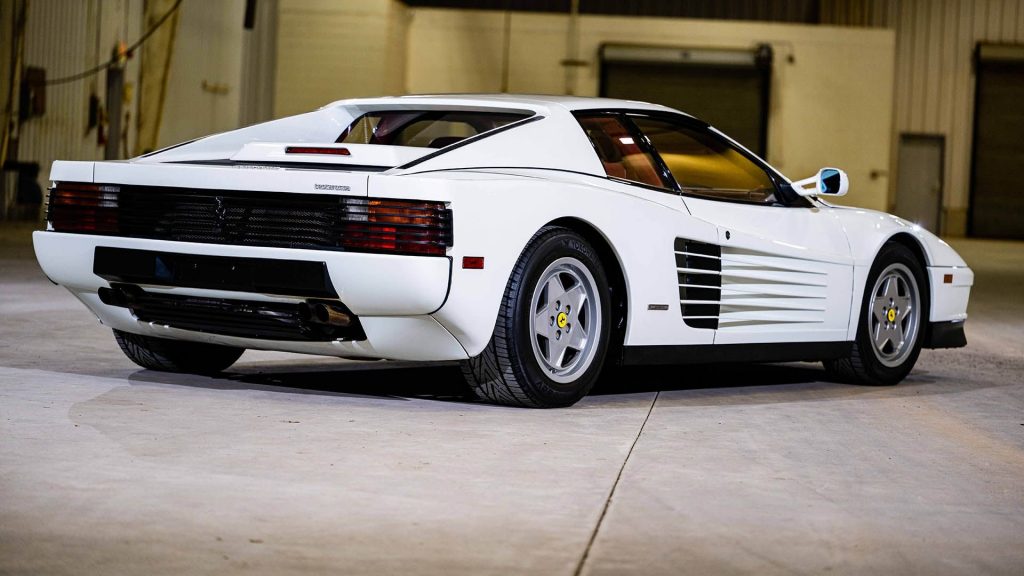
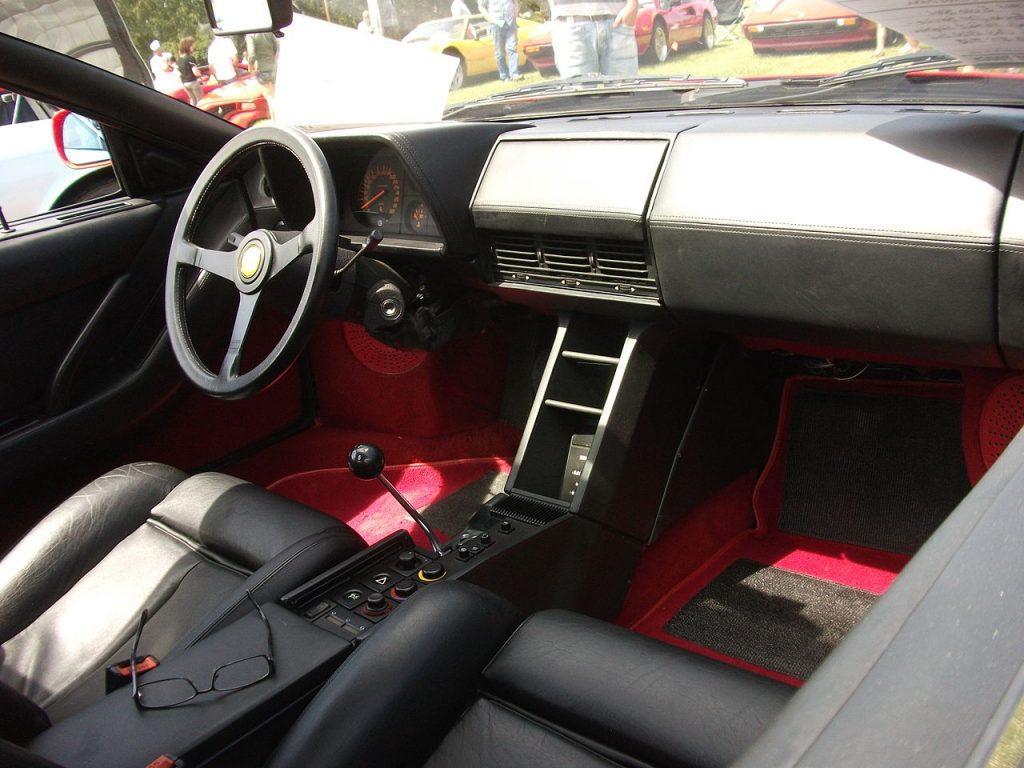
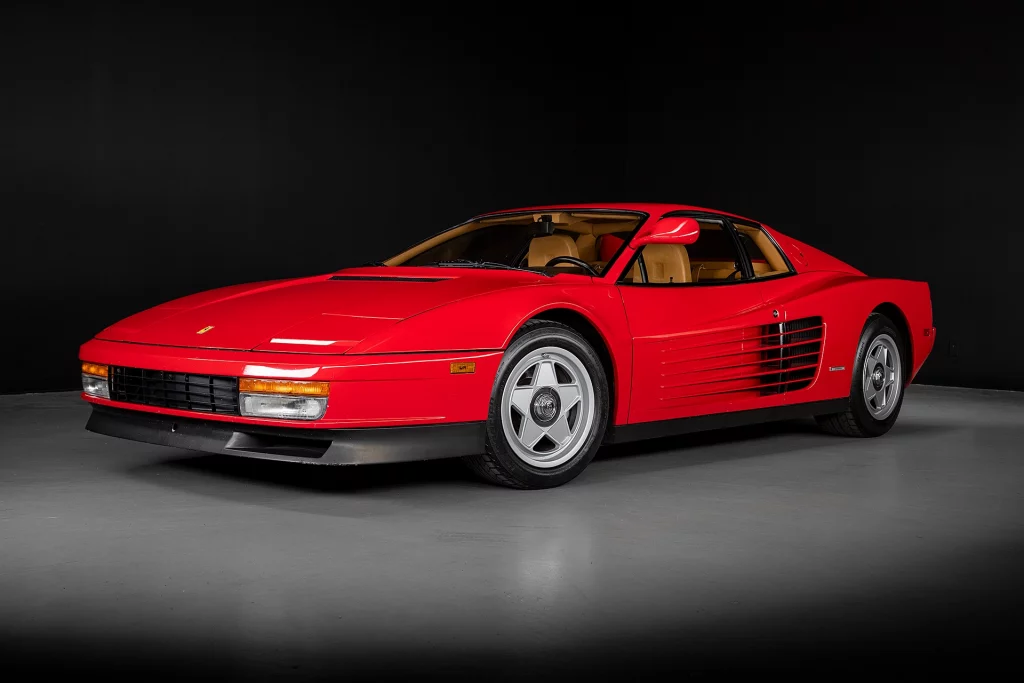
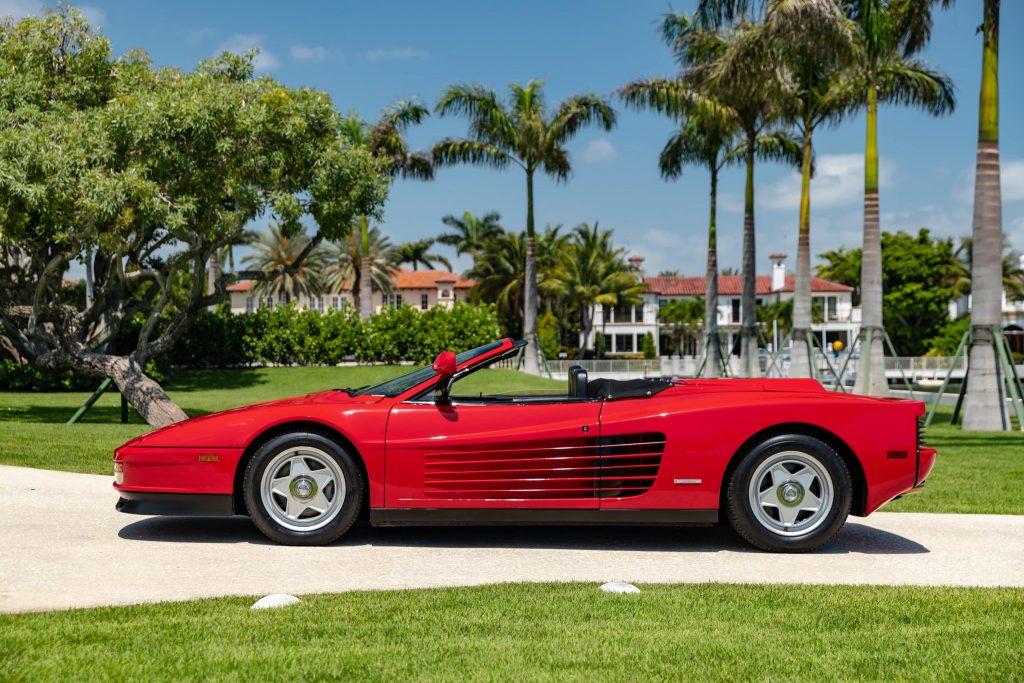
The Iconic Ferrari Testarossa: A Timeless Legend
In the annals of automotive history, few cars evoke the same sense of awe and admiration as the Ferrari Testarossa. Introduced in the mid-1980s, the Testarossa quickly became an icon of automotive design and performance, capturing the hearts and imaginations of enthusiasts around the world.
With its striking, wedge-shaped silhouette and iconic side strakes, the Testarossa made an unmistakable statement wherever it went. Designed by Pininfarina, the Testarossa’s aggressive stance and aerodynamic lines were not just for show; they were the result of careful engineering aimed at optimizing both form and function.
Underneath its sleek exterior, the Testarossa was powered by a formidable 4.9-liter flat-12 engine, mounted longitudinally to improve weight distribution. With 390 horsepower on tap, the Testarossa could sprint from 0 to 60 mph in just over 5 seconds and reach a top speed of 180 mph, making it one of the fastest production cars of its time.
But the Testarossa was more than just a straight-line speed demon. Its finely-tuned suspension and chassis provided exceptional handling and stability, allowing drivers to push the car to its limits with confidence. Whether navigating twisting mountain roads or cruising down the highway, the Testarossa delivered an exhilarating driving experience that few cars could match.
Inside the cabin, the Testarossa offered a blend of luxury and performance, with sumptuous leather seats, a premium sound system, and all the modern amenities one would expect from a Ferrari. But make no mistake: this was a driver’s car through and through, with a cockpit designed to put the driver at the center of the action.
Throughout its production run from 1984 to 1996, the Testarossa underwent several updates and revisions, culminating in the even more potent Testarossa 512 TR and F512 M variants. These later models featured improvements in performance, handling, and overall refinement, ensuring that the Testarossa remained at the forefront of automotive excellence until the end of its production.
Today, the Ferrari Testarossa remains a highly sought-after collector’s car, with well-preserved examples commanding significant prices on the open market. But more than just a valuable commodity, the Testarossa represents a bygone era of automotive design and engineering—a time when passion and craftsmanship were paramount, and the pursuit of perfection knew no bounds.
In the pantheon of automotive icons, the Ferrari Testarossa stands tall as a timeless symbol of speed, style, and sophistication. With its bold design, blistering performance, and unbridled passion, the Testarossa continues to captivate enthusiasts and collectors alike, ensuring its place in automotive history for generations to come.